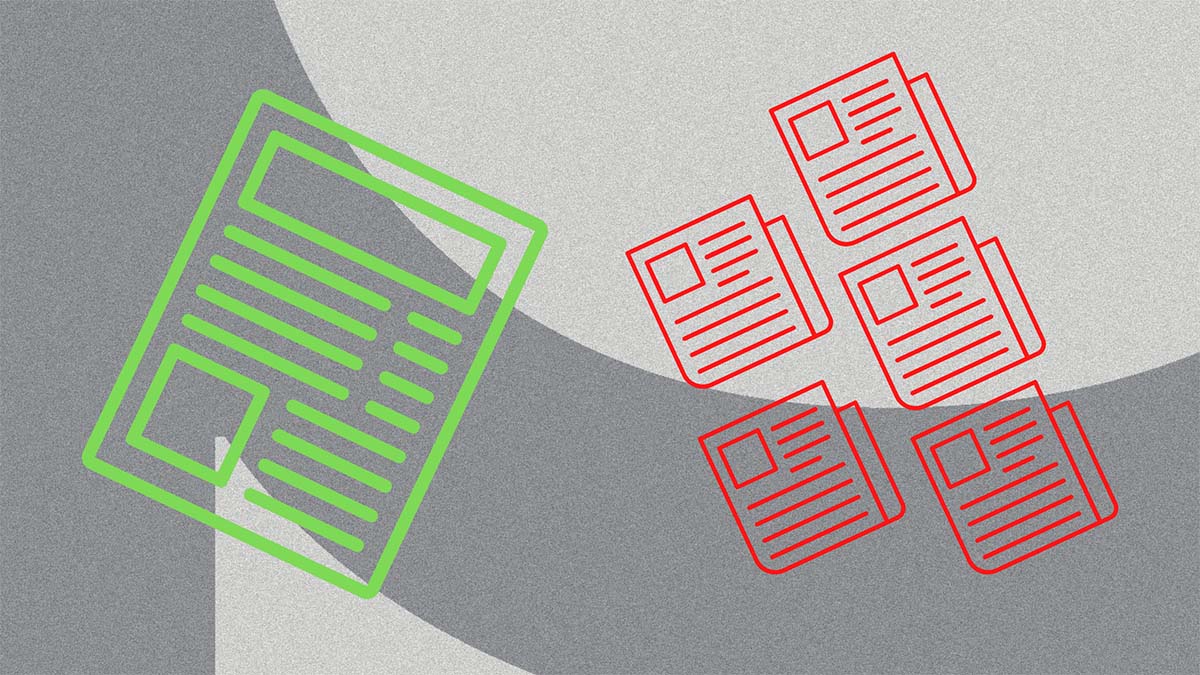By Mirian Fuentes
There is no argument that public relations has undergone significant changes in our data-driven world. In an age where every strategy, tactic, or investment must be justified and backed by numbers, shallow success metrics have often overshadowed one of media relations’ most important tenets and measures of success: quality earned media coverage.
It is a given that media relations plays a vital role in shaping a client’s coverage. Quality coverage may seem arbitrary and varied across industries, so how can media relations professionals help bolster the quality of the coverage received? By being cognizant that the bottom line for media relations lies not solely in the numbers. Instead, PR professionals can set themselves up for success by striving above all else for coverage that accurately reflects a client’s goals and objectives.
What is Quality Earned Media Coverage?
Quality earned media coverage is substantive coverage that brings value to a client. It reflects a client’s key messages, desired tone, and accurate positioning amongst its competitors. Beyond increasing awareness for a client and their efforts, it aids in a potential attitude change, reflects a client’s position on an issue, and/or increases the chance of key audiences taking desired action.
While clearly, it’s ultimately up to a media outlet what they write or put on the air, PR professionals play a role in providing the necessary information to put all the odds in favor of a quality and accurate piece of coverage.
What PR Pros Can Do
Before anything goes live, here are key questions to help assess if the information provided will aid in the desired coverage:
• Do you understand your client’s main objectives in releasing this information and do the client’s media relations materials reflect this?
• Have all standard public relations tools such as releases, FAQs, infographics, and other media kit essentials been rigorously fact-checked to meet journalistic standards?
• Are the sources used in the client’s material the most relevant or up to date?
• Is the information shared serving your client and, ultimately, the public interest?
Why PR Pros Should Care
As many PR professionals will tell you, not every client holds the same level of understanding or appreciation for quality coverage, especially when impressions and ad equivalency reign.
The power of media relations lies in the media acting as a neutral party. Whether a client is looking to advocate for an issue, increase sales of a product or gain awareness, the public’s perception of your client is formed through the media and therefore more valuable if the content of the coverage is accurate and well-contextualized.
With continually shrinking newsrooms, providing comprehensive, well-sourced information makes a busy journalist’s life easier and makes you a reliable, trustworthy source.
PR professionals must consistently show their value differently, as success is not easily measured compared to their advertising and marketing counterparts. Success does not come overnight but in keeping true to the integrity of the work. It will make all the difference when your media relations outreach begins translating into desired business results.






